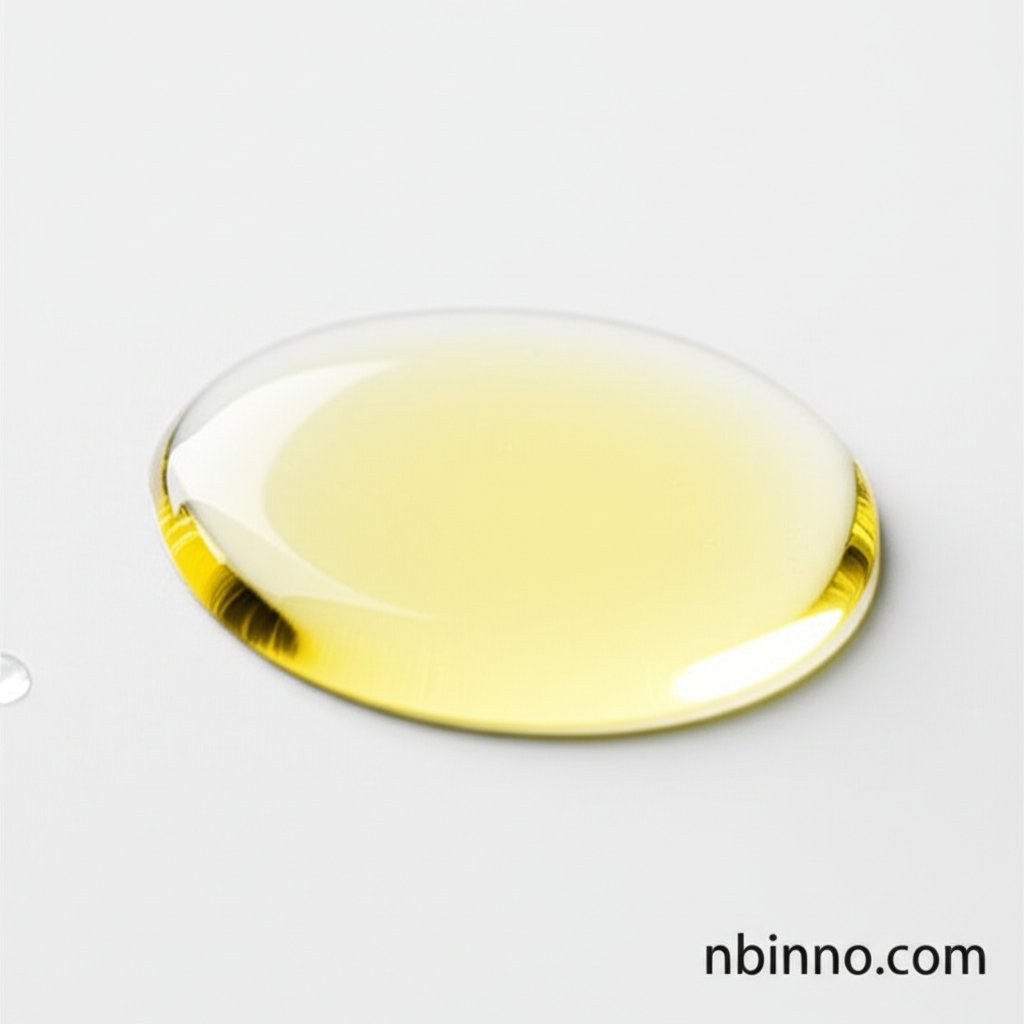Exploring (S)-3-(Pyridine-3-yl)propyl-1-(3,3-dimethyl-2-oxo-pentanoyl)pyrrolidine-2-carboxylate (CAS 186452-09-5)
A deep dive into the chemical structure, properties, and potential applications of this advanced pyrrolidine derivative.
Get a Quote & SampleProduct Core Value

(S)-3-(Pyridine-3-yl)propyl-1-(3,3-dimethyl-2-oxo-pentanoyl)pyrrolidine-2-carboxylate
This advanced organic compound, identified by CAS 186452-09-5, serves as a critical building block in advanced chemical synthesis, particularly within the pharmaceutical research sector. Its unique structure makes it a valuable asset for developing novel therapeutic agents.
- Unlock novel drug discovery pathways by utilizing this key pharmaceutical intermediate.
- Investigate the neuroprotective potential of compounds derived from this pyridinyl compound synthesis.
- Source high-purity (S)-3-(Pyridine-3-yl)propyl-1-(3,3-dimethyl-2-oxo-pentanoyl)pyrrolidine-2-carboxylate for your research needs.
- Explore the detailed chemical properties for your specific research applications.
Key Advantages
High Purity and Reliability
Ensure consistent results in your experiments with our reliably sourced, high-purity (S)-3-(Pyridine-3-yl)propyl-1-(3,3-dimethyl-2-oxo-pentanoyl)pyrrolidine-2-carboxylate, crucial for precise scientific outcomes.
Versatile Chemical Applications
This compound's intricate structure lends itself to a wide array of chemical reactions, making it a versatile choice for complex syntheses and exploring new molecular functionalities.
Supports Neuroscientific Research
Leverage the known neurotrophic and neuroprotective properties of similar pyrrolidine derivatives to advance your research in neurological disorders and regeneration.
Key Applications
Pharmaceutical R&D
As a vital pharmaceutical intermediate, it aids in the development of new drug candidates by providing a complex structural foundation for medicinal chemistry research.
Neuroscience Research
Its structural relation to compounds with neurotrophic effects makes it a subject of interest for studies on neuronal survival and regeneration.
Fine Chemical Synthesis
Used as a building block in complex organic syntheses, enabling the creation of specialized molecules for various advanced applications.
Chemical Characterization
Its availability from multiple sources facilitates comparative analysis and validation of its chemical properties for research purposes.
